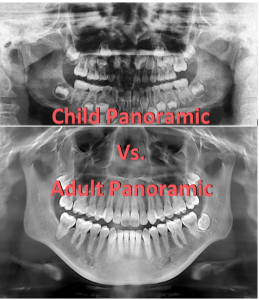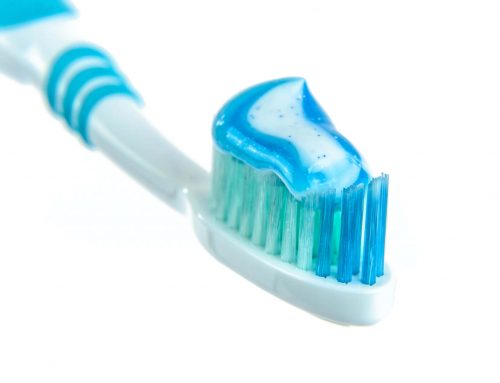Why do I need X-rays taken?
DATE
August 16, 2018
SHARE
A Guide to Dental X-rays
During a dental appointment, its not uncommon for your dentist to want to take a closer look of your mouth by taking x-rays. There are many reasons why taking x-rays are useful for dental professionals, but for the rest of us they are a little intimidating. They captures parts of your mouth that your dentist cannot see without taking them or with the naked eye.
What Problems Can Dental X-rays Detect?
Dental X-rays can be used to:
- Show areas of decay that may not be visible with an oral exam, especially cavities between the teeth.
- Reveal bone loss and periodontal disease.
- Reveal changes in the bone or in the root canal resulting from infection.
- Assist in the preparation of tooth implants, braces, dentures or other dental procedures.
- Reveal an abscess (an infection at the root of the tooth).
- Early stage decay.
- See the status of developing teeth.
- Determine if primary teeth are being lost fast enough to allow permanent teeth room to come in.
- Check the development or status of wisdom teeth and identify if they are impacted or not.
What Types of Dental X-rays Are There?
- Bitewing X-rays – These are probably the most common type of x-rays that are taken in dental offices. They are used primarily to determine whether or not their are cavities in the areas between the teeth. These can catch problems early enough so root canals can be avoided, rather than being undetected.
- Panoramic X-rays – If you have ever stood in the middle of a machine that goes around your head at a dentist office, it was one of these. This type of x-ray machine rotates around the head, giving your dentist a detailed view of all the teeth and bones around them. Typically these are used to help your dentist map out extractions or braces.
- Periapical X-rays – These are similar to bitewings, but they capture focuses images of a couple teeth at a time rather than a specific side of the mouth. They can be used to focus on a specific location to detect things such as abscesses and infection.
Fast Facts About Digital X-rays?
Time – X-rays take only a matter of minutes.
Frequency – Children should get x-rays every 1-2 years, while adults should get them every 2-3 years.
Radiation – A dental x-ray exposes you to a minuscule amount of radiation.
Comfort – They’re usually pain free




